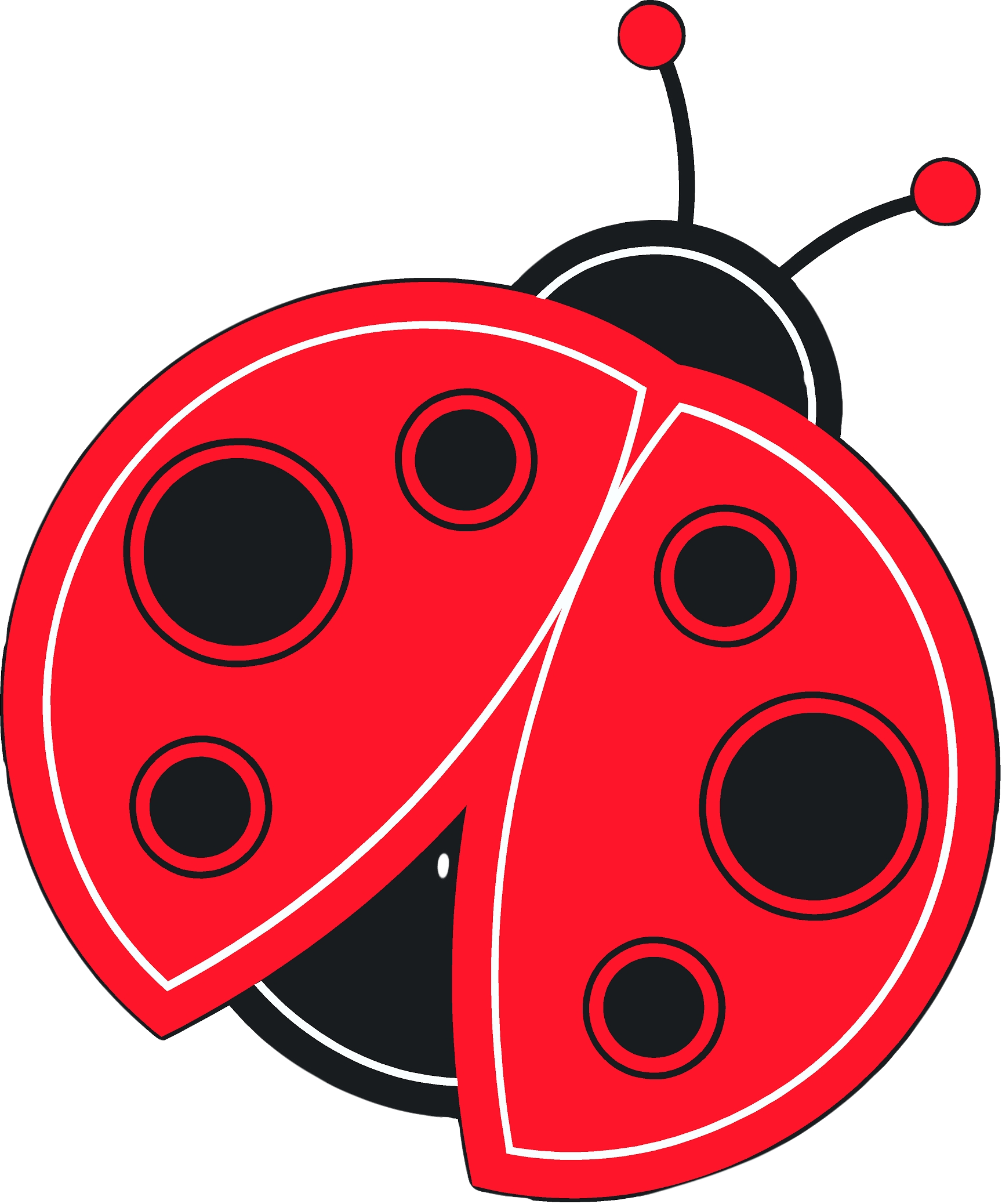FOSTER PLANTING FOR THE GARDEN AT THE GALT MUSEUM
- ladybugarborists
- Oct 25, 2013
- 1 min read
Maureen Sexsmith-West
ISA Certified Arborist, PR4600A
I took in the program at the Galt Museum this week. It was a presentation by June Flanagan, local author, botanist and horticulturist. I have several of her books and they are full of great information.
She talked about native plants. We all got to plant some of the seeds from the Native Seed collection. Seeds from the demonstration garden have been harvested by the Lethbridge Horticultural Society volunteers, cleaned and packaged. They are available for sale in the Museum’s Gift Shop.
Having given up my big yard in Coaldale for a smaller one in Lethbridge, it is hard to image where I would possibly find space to plant any more flowers – short of removing more sod. We will have to see – I am partial to true BLUE flowers so, if successful, one of the smooth blue beardtongues (Penstemon nitidus) may just find a spot somewhere.
There were several plants that were of interest to the Galt staff – particularly since they were not part of the display already. So I offered to Foster Plant. I will tend these hopeful seeds to the point where they can be planted at the Museum.
June shared that the seeds we were planting should be placed outside for the winter in a North facing, sheltered location. Often times, when we think of planting seeds in May, it is too late to get a good start. The seeds need moisture and a specific soil temperature to germinate. With our Chinook winters, placing them in a sunny location could result in germination too early in the season only to be damaged by sudden cold. Tossing on a little extra snow will protect them and ensure they have the moisture needed to help them grow.
We planted in a soil mixture suited to outdoor sowing that was one part soil, one part compost and one part builders sand (slightly coarse, available at Burnco). The seed should only be planted as deep as the seed itself.
We planted:
My Foster Planting Project 2013
Photo: Natures Finest Seed
One plant we are hoping to have success with, although not native to our area is the Rocky Mountain Iris. It is the symbol of the Alberta Native Plant council.
So if you are interested in sowing perennial seeds – sounds like now is the time to act. Mark them with a stake or stick, label and give them just enough moisture to hold the soil in place and let nature takes its course. Start checking for results in April. Once the green shoots start to appear, regular watering in a new sunny location is required.
June made a comment I enjoyed. She referred to some plants as ‘promiscuous’. I shared with her after the meeting that the term I used for the numerous volunteer trees and plants was ‘unplanned propagation’. Either way, you all know what we are referring too. Dealing with volunteers as soon a possible saves a whole lot of of hard work and trouble later. Enjoy the amazing fall weather.




